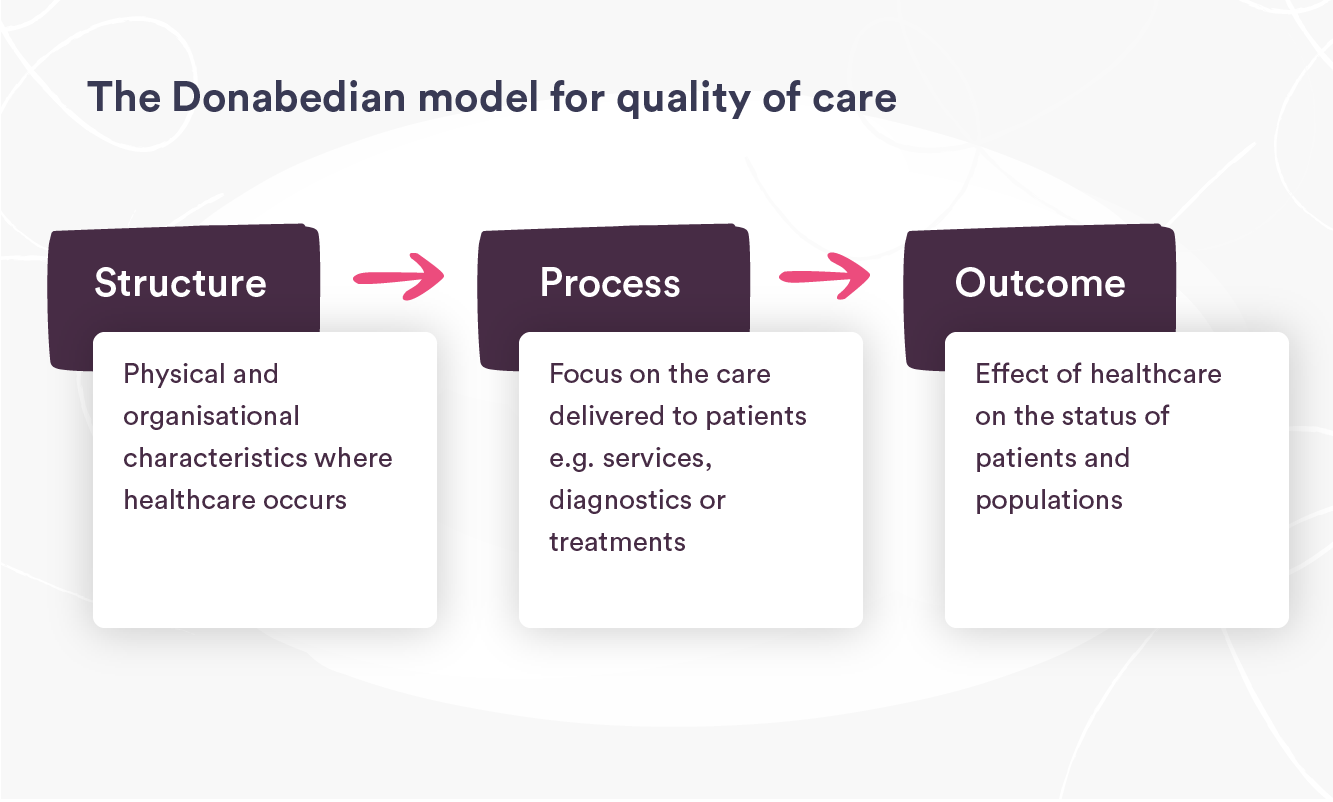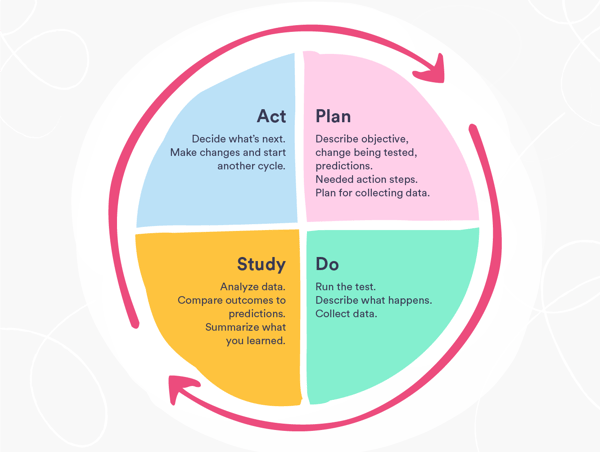Start improving with Life QI today
Full access to all Life QI features and a support team excited to help you. Quality improvement has never been easier.

Organisation already using Life QI?
Sign-up

In recent times, there has been a strong focus on global initiatives to improve health care quality, particularly in developed countries. There is a growing recognition that national and local health care performance measurement and reporting is essential if these initiatives are to achieve their full potential.
Measurement is a critical part of testing and implementing changes; measures tell a team whether the changes they are making actually lead to improvement.
The Donabedian’s (2005) theory is there are three components when evaluating the quality of care
that underpins measurement for improvement. These components are Structure, Process & Outcome.

However, when measuring for improvement 'Balancing Measures' are an essential part of the process and often replace the Structure.
Use a balanced set of measures to assess if the changes you are making are leading to improvements.
As mentioned you should consider having three types of measures:
Balancing measures determine whether changes designed to improve one part of the system are causing new problems in other parts of the system. For example, does this new change improve staff satisfaction but decrease patient satisfaction?
Balancing measures answer the question: "Are the changes we are making to one part of the system causing problems in other parts of the system?"
When working with process measures, focus on the processes and systems that directly contribute to your desired outcome. For example, whether or not a member of staff has washed their hands or delivery time of specific process step.
Process measures answer the question: "Are we doing the right things to achieve our goals?"
Outcome measures reflect the impact on the patient and identifies the end result of your improvement work. For example, reduced infections or harm, improved patient experience etc.
Outcome measures answer the question: "What are the end results of our QI work?"
It is important to have both process and outcome measures, they connect your theory of change to your expected outcomes. If you measure outcomes without process measures, you cannot be sure if the changes you make have happened in practice and therefore cannot connect improvements to outcomes. If you measure process without outcomes, you cannot be sure if outcomes have changed, and there is risk of “hitting a target (improved process) but missing the point (no improved outcomes)”.
Alongside these two concepts, all improvement projects should actively seek out any potential unintended consequences of change and deliberately measure these as balancing measures. A tip is to listen to sceptics and use their concerns to develop balancing measures.
PDSA measures are those that are collected with each test of change (PDSA) that is carried out. These measures provide information about the effect of each change attempt.

Full access to all Life QI features and a support team excited to help you. Quality improvement has never been easier.

Organisation already using Life QI?
Sign-up